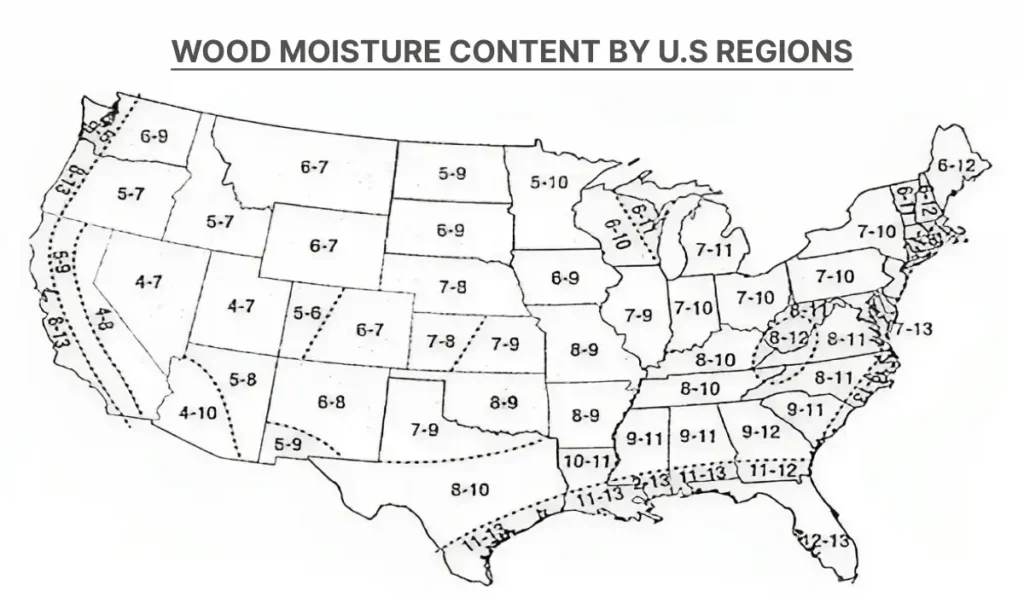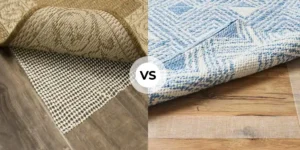How to Acclimate Hardwood Flooring? It is one of the most common mistakes people make when installing a new floor.
Acclimatization occurs before a single plank is ever laid down.
When installing hardwood flooring, first you need to allow the flooring to acclimate.
To ensure that the installation process goes smoothly. And you won’t experience any problems.
If not done properly, your beautiful new floors can shrink causing structural damage.
To keep this from happening.
You should always acclimate a new hardwood floor before installation to ensure the most stability.
For that reason, many homeowners wonder.
Can they acclimate the hardwood flooring in the box?
And what is the best way to do it?
Below, I have answered your questions in detail so that your hardwood floor installation goes smoothly.
Can Hardwood Flooring Acclimate in the Box?
Generally, acclimating hardwood flooring to a box is not recommended.
Yet, if you do decide to do so, be aware that it will take much longer as there is no air circulation provided in the box.
As part of hardwood floor installation, acclimatization is an important step.
Because it allows the wood to adjust to the temperature and humidity of its environment.
Reducing the chance of warping or buckling after the installation process is completed.
To acclimate hardwood flooring, take out the planks from the boxes and stack them in the room where they will be installed.
And allow them to breathe. The wood will adapt to the room’s conditions.
By doing this, it ensures a more stable and durable installation.
Also, follow the manufacturer’s guidelines for acclimation.
Why is Acclimation so Important for Hardwood Floors?
Acclimation is like letting your hardwood floors get used to their new environment.
If you skip this step and install them right away, the wood might expand or shrink later on, causing problems.
So, giving your floors a bit of time to settle in helps prevent issues and makes sure they stay in good shape in the long run.
It’s like letting them get comfortable before becoming a permanent part of your home!
Since wood is hygroscopic, acclimatization is important when adding wood floors to a house.
Only then it will be capable of absorbing moisture from its environment.
The Pros and Cons of Acclimating in the Box
Pros
- Transport and storage can be easier if the flooring stays in the box until needed.
- Packaging can protect the wood from scratches and dents.
Cons
- Wood that has been boxed may not acclimate properly to the installation environment.
- Moisture content in sealed boxes can make installation difficult.
- It may take time for the planks to adjust to temperature and humidity.
- Wood in boxes hides color and grain patterns, making it difficult to plan and design.
Best Way to Acclimate Hardwood Flooring
Step 1: Adjust the Room’s Temperature
The first thing you should do is ensure that the temperature and humidity levels in your home are set to typical ambient living conditions.
This includes checking that the temperature is set to the usual setting on the HVAC system.
Also, if required adjust the temperature settings according to the season.
Lastly, check for any leaks that could be causing the temperature and humidity levels to be too high or too low.
Step 2: Unboxing and Stacking

Once the flooring has been carefully removed from the boxes. The planks should be “sticker stacked” together.
By doing so, the floorboards can breathe.
This helps to reduce the expansion caused by moisture, which helps to keep the flooring in place.
Once stacked, the planks should be inspected for any defects or warping.
Any damaged planks should be discarded and replaced.
Also, make sure all the planks are spaced evenly and laid in the same direction.
Step 3: Acclimate the Planks

Lastly, wait until the flooring has adjusted to the room temperature and humidity.
It usually takes at least 3-5 days.
However, acclimation times are longer in areas with high or low moisture levels.
Plus, it also depends on the project’s size, complexity, and type.
The image above shows areas with high and low moisture levels.
Moreover, to ensure that the wood dries, the stack should be rotated to lay the boards in the same direction.
When the moisture content between the floor and the subfloor is within 3%, your floor is ready for installation.
As soon as your floor has been acclimated, you can begin installing it.
FAQ: Can Hardwood Flooring Acclimate in the Box?
1. How long must you wait to put furniture on new Hardwood Floors?
Furniture should not be placed on new hardwood floors for at least 24 to 48 hours.
By doing this, the finish can dry and harden, which reduces the risk of scratches or dents.
Additionally, furniture should not be dragged across the floor as this can also cause scratches or dents.
Instead, it should be lifted and moved carefully.
2. How long can hardwood flooring acclimate in the box?
Hardwood flooring should not acclimate in the box.
For proper acclimatization, remove the flooring from the box.
And sticker-stack it in the installation room for the recommended amount of time.
Typically a few days to several weeks.
By doing so, the wood can adjust to the humidity and temperature of the room.
3. What happens if I don’t acclimate hardwood flooring?
If you skip acclimating hardwood flooring, it can lead to problems like warping, buckling, or gaps after installation.
Proper acclimatization allows the wood to adapt to the environment.
You are ensuring a stable & long-lasting floor.
4. How long does oak flooring need to acclimate?
Oak flooring typically needs to acclimate for around 3 to 5 days.
However, the exact time may vary depending on wood moisture content, room conditions, and the local climate.
A better explanation of moisture content & room conditions is in this article.
More On Hardwood Flooring:
- 7 Best Canister Vacuum for Hardwood Floors (Must-See!)
- Cork vs. Rubber Underlayment: Which One Should I Choose?
- Cork vs. Foam Underlayment: Which One Should I Choose?





